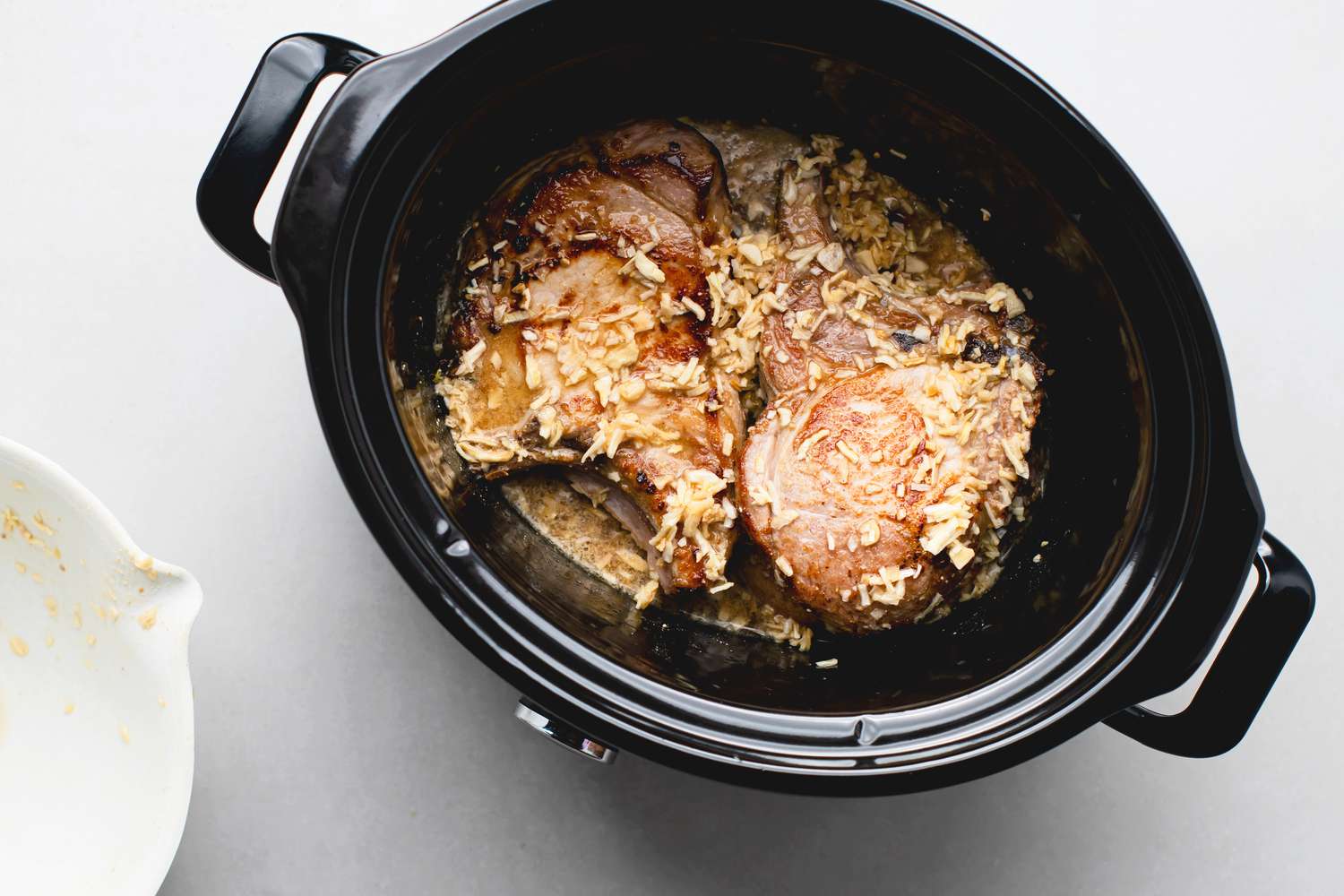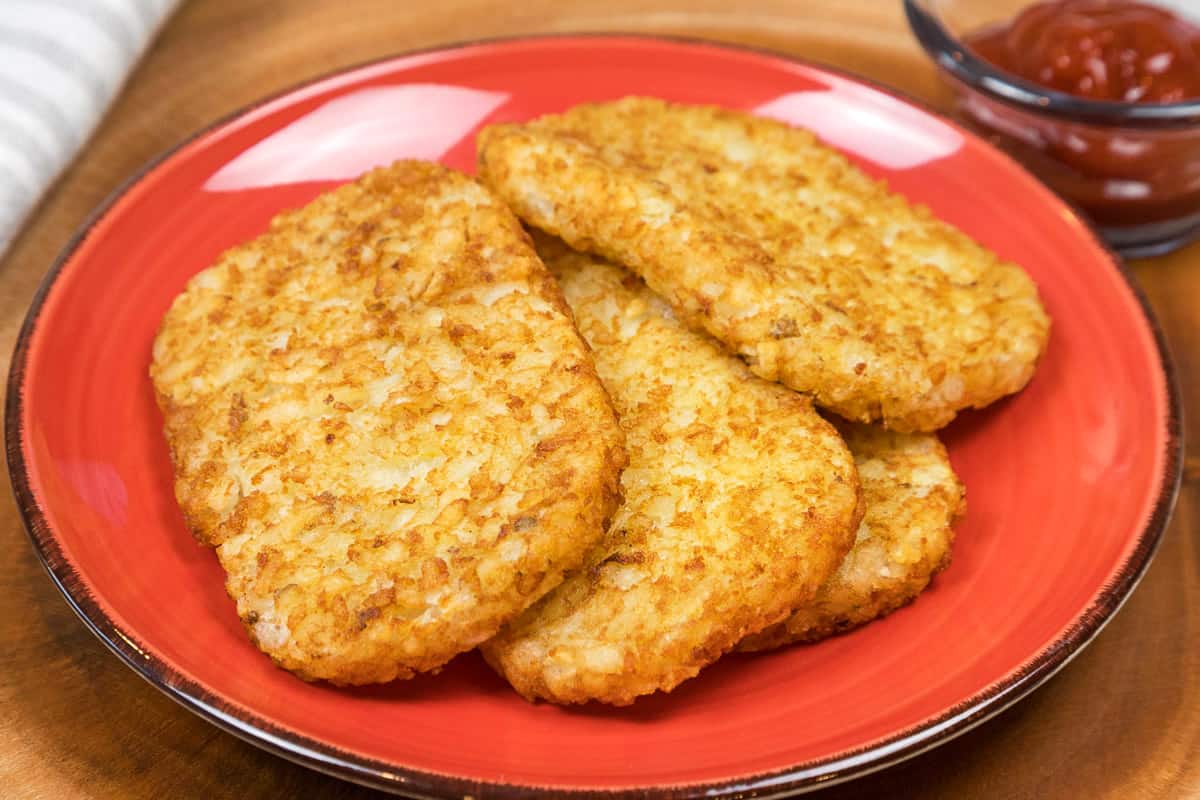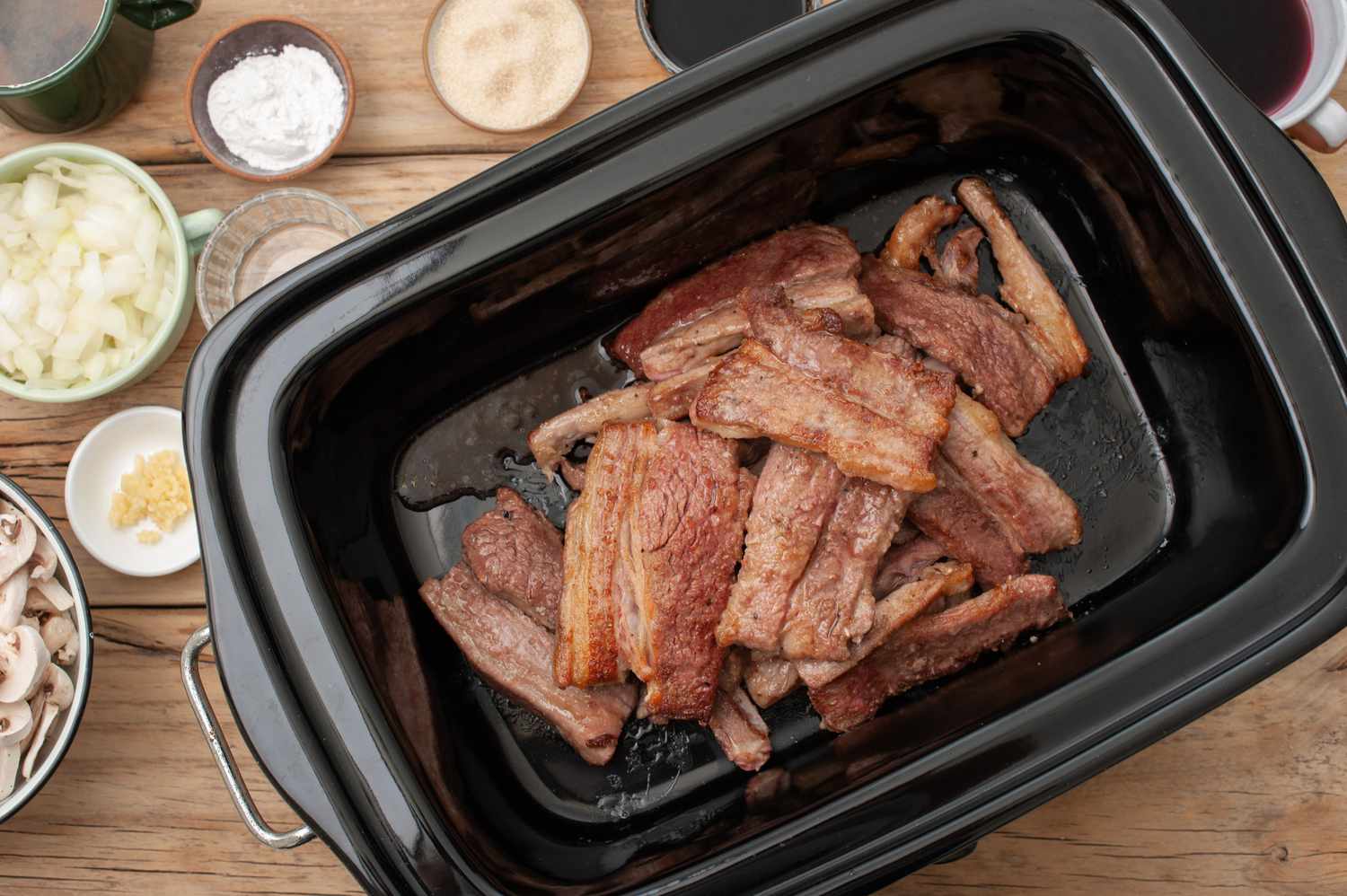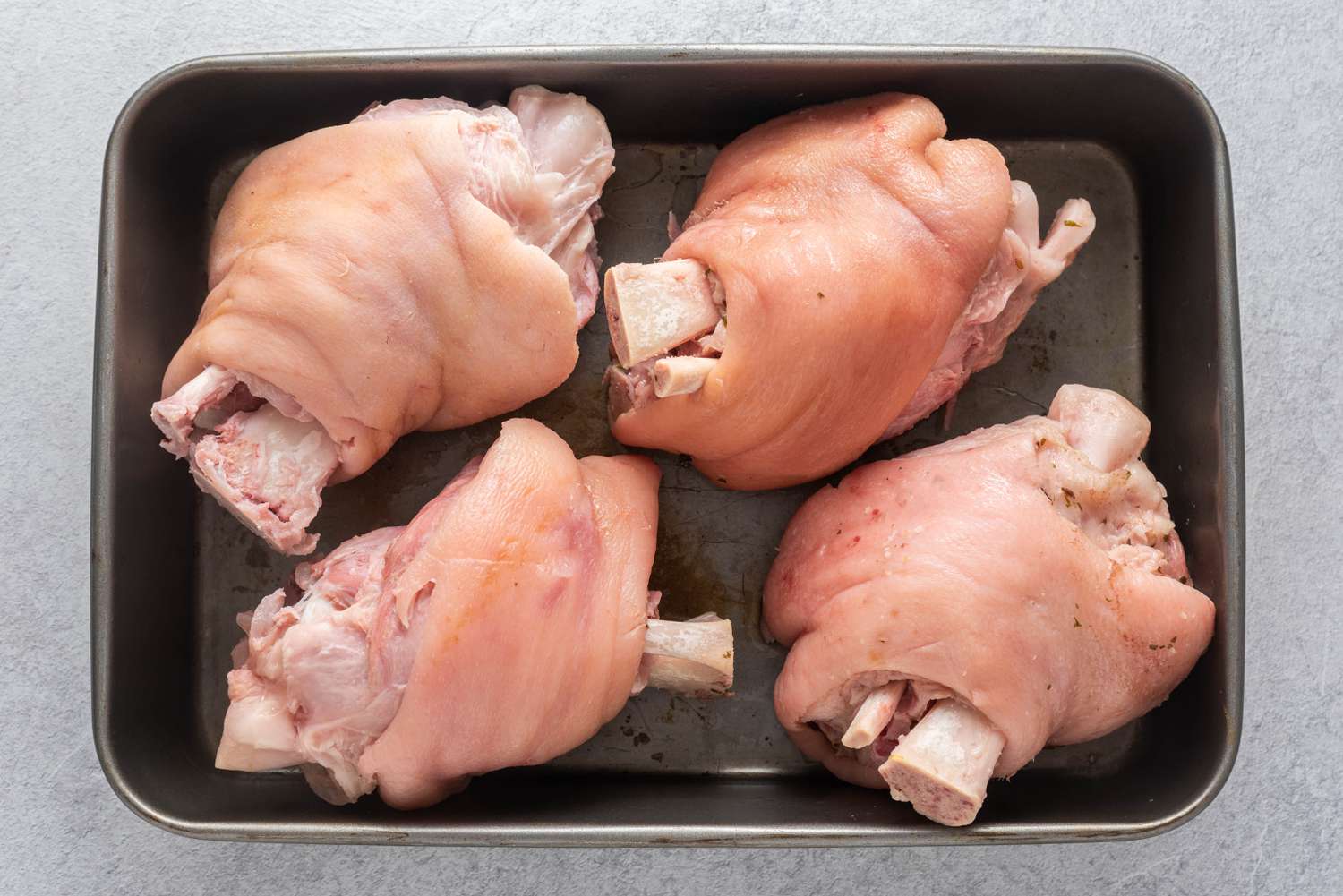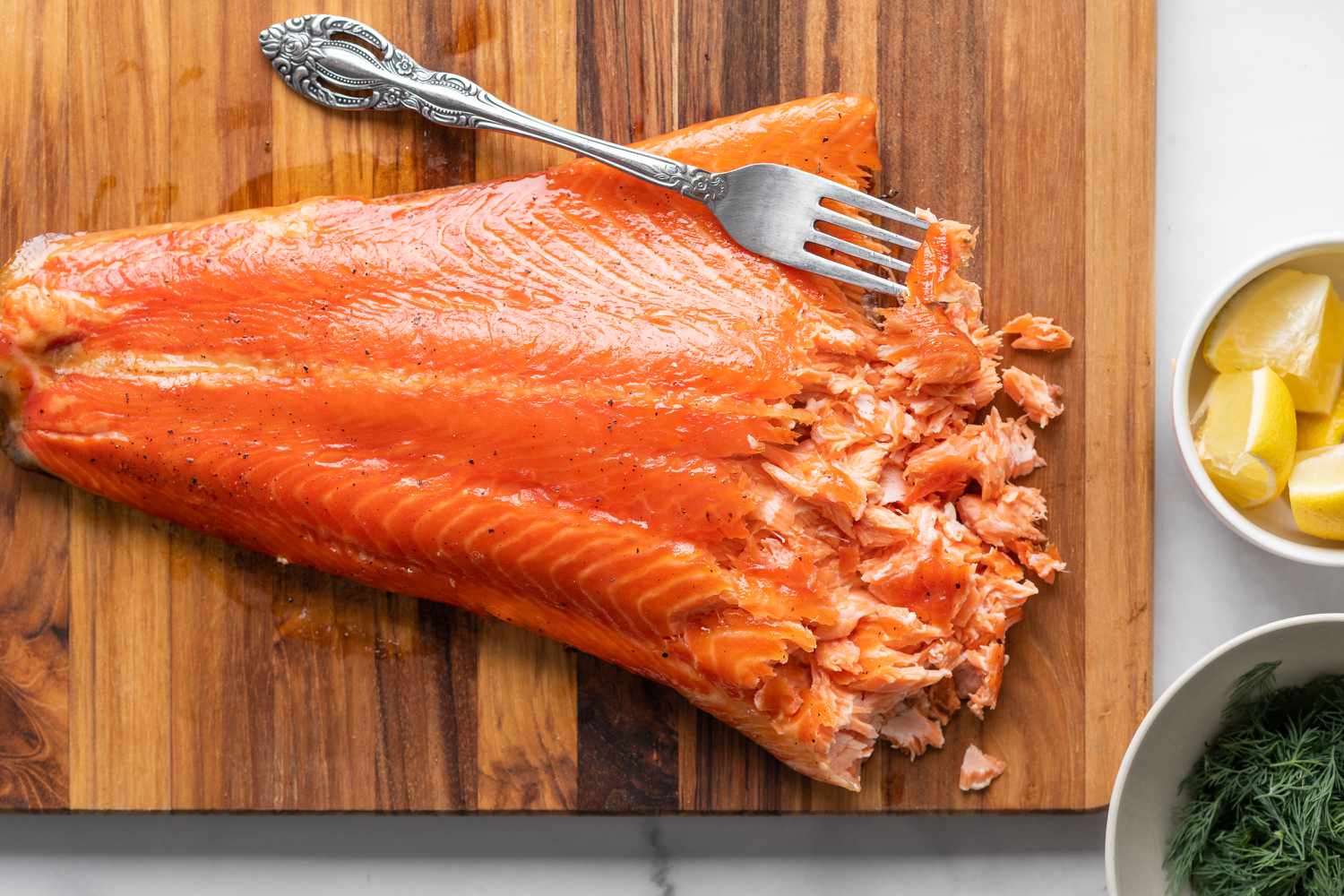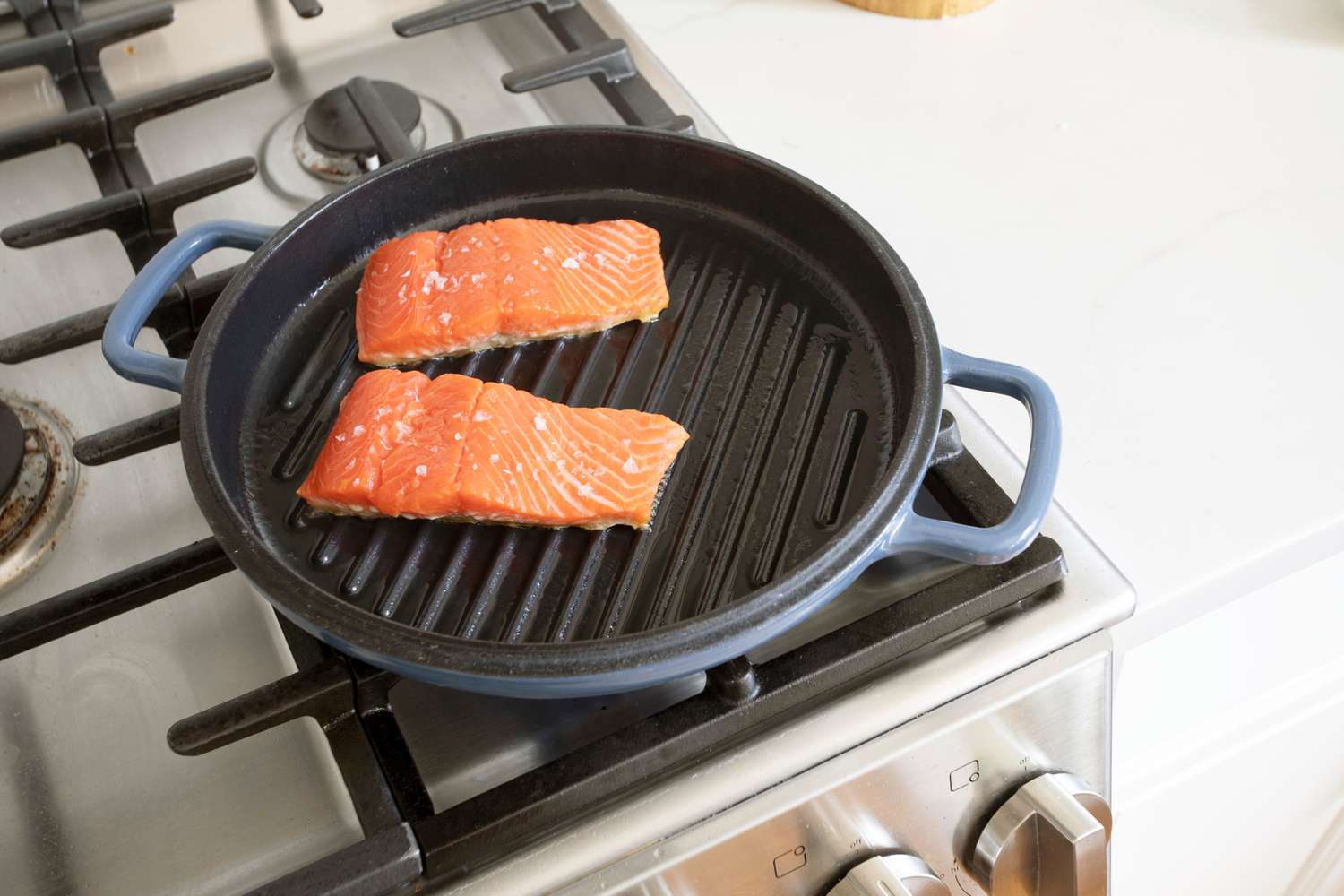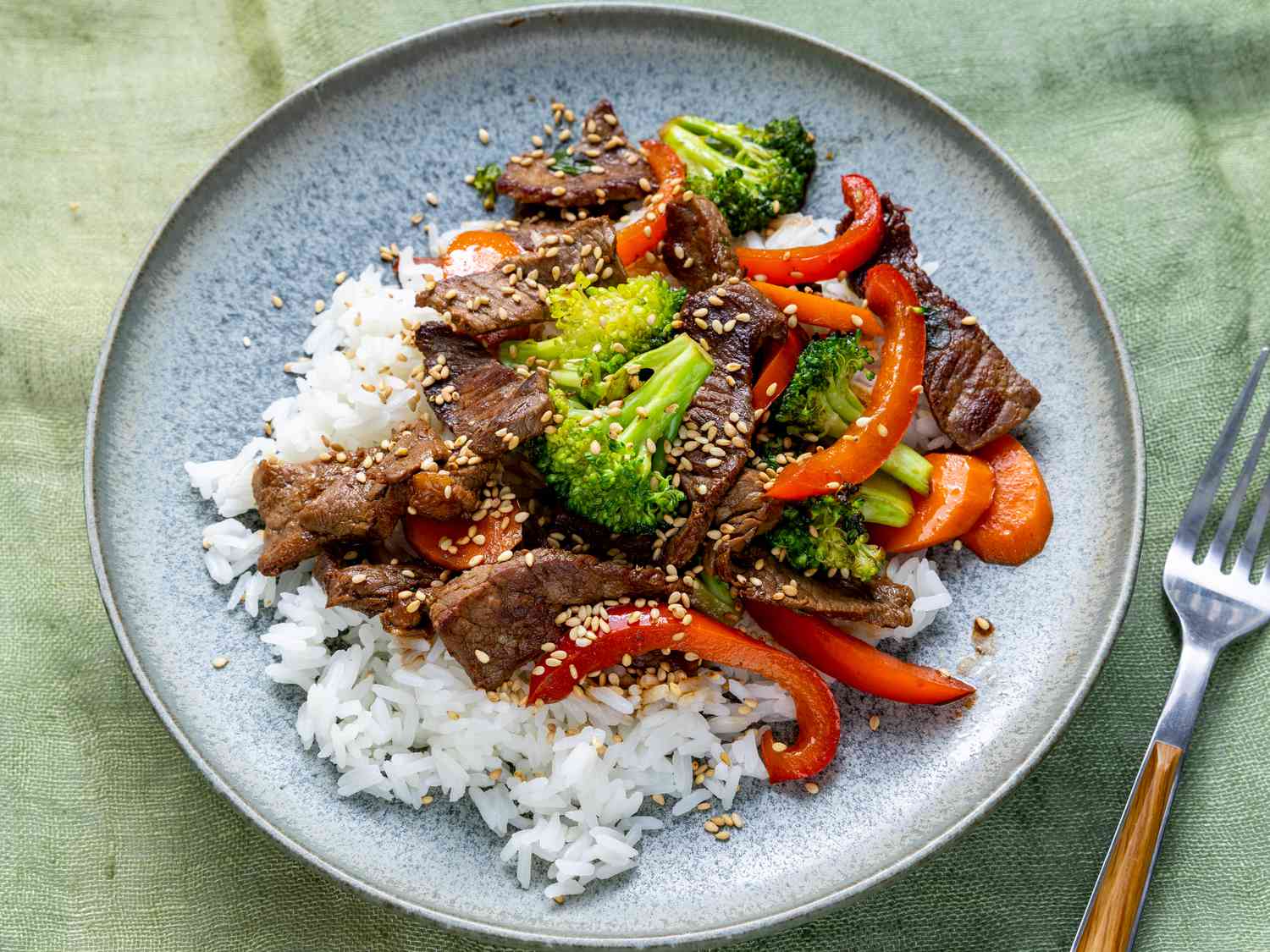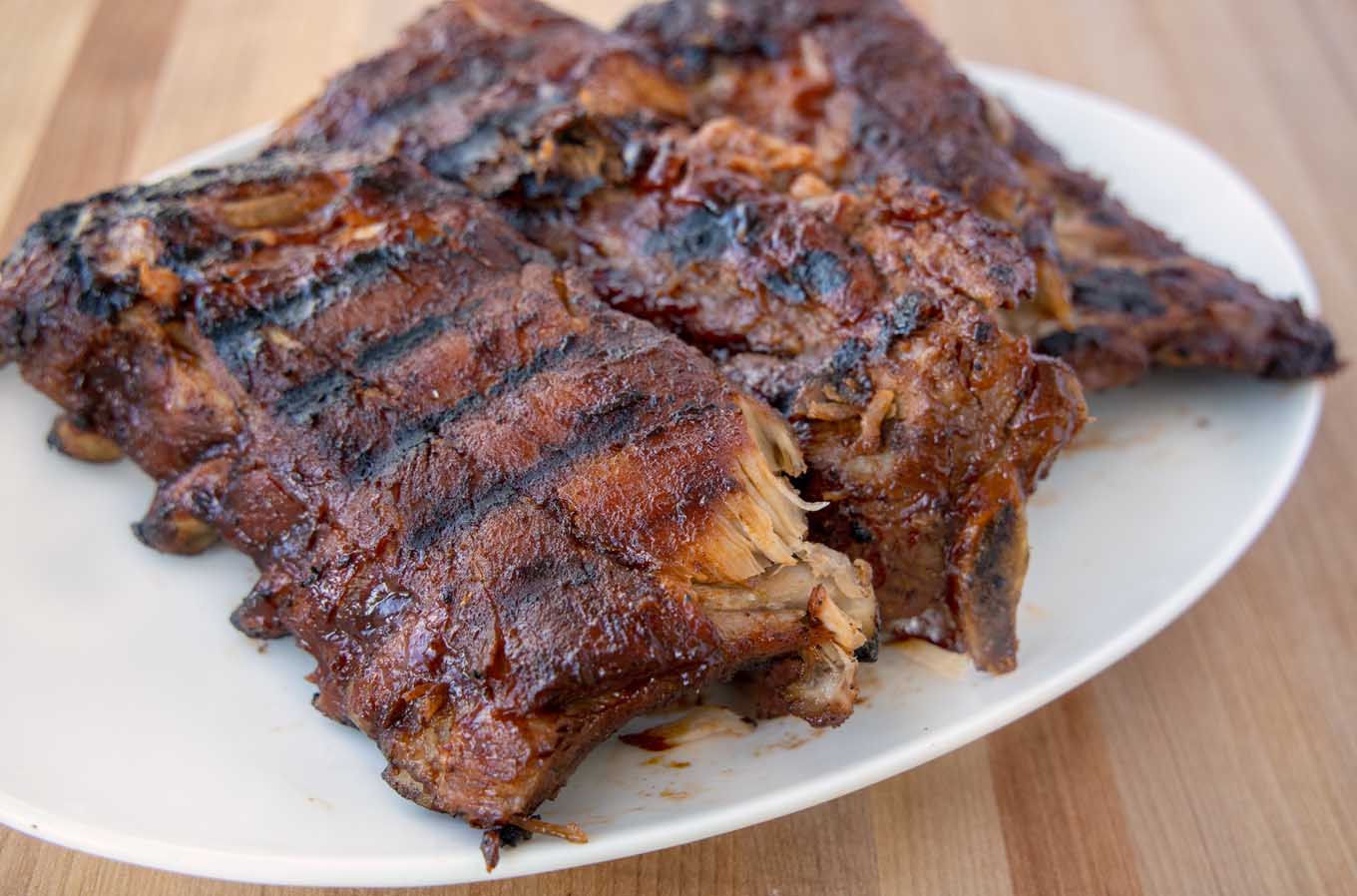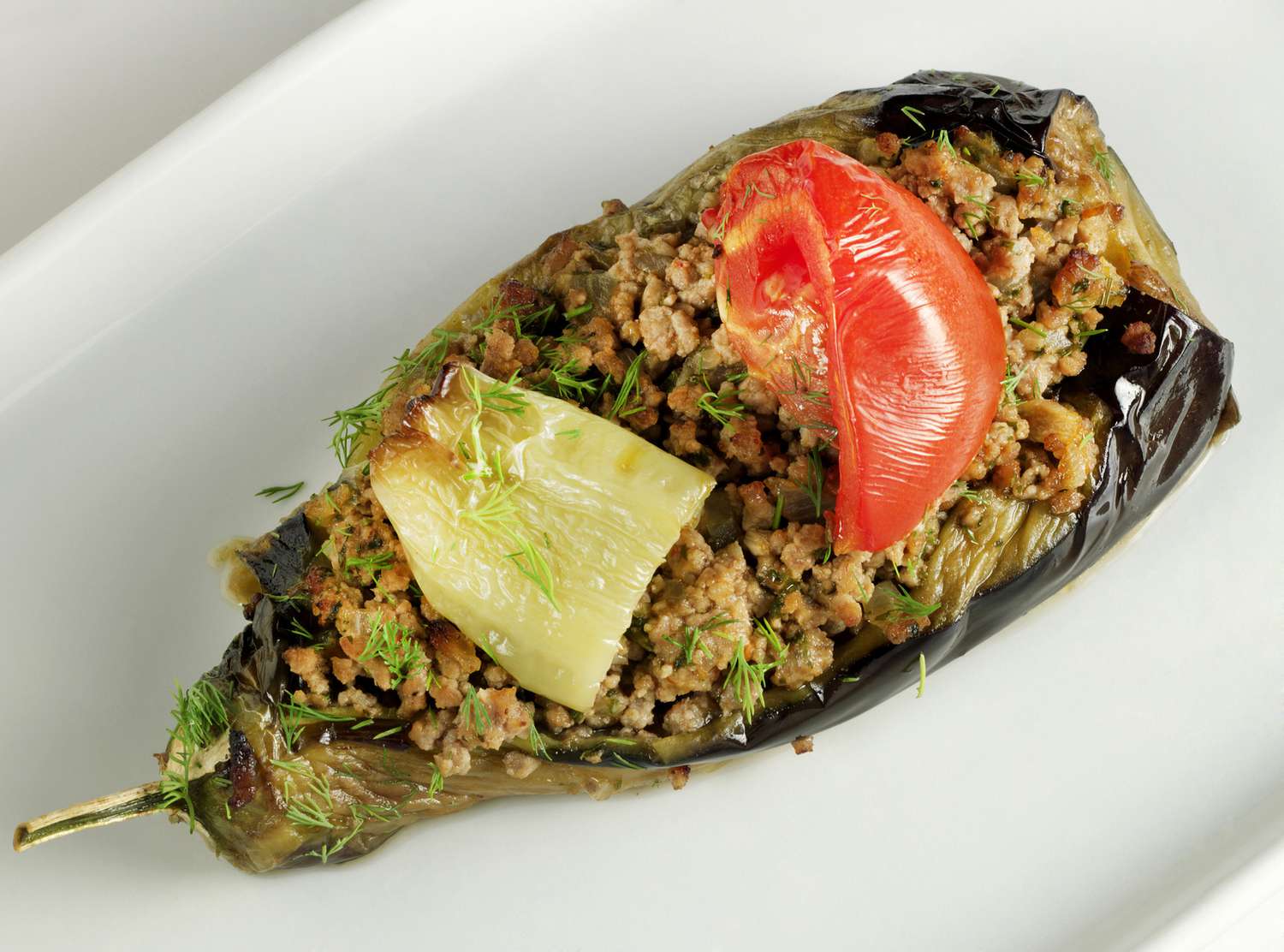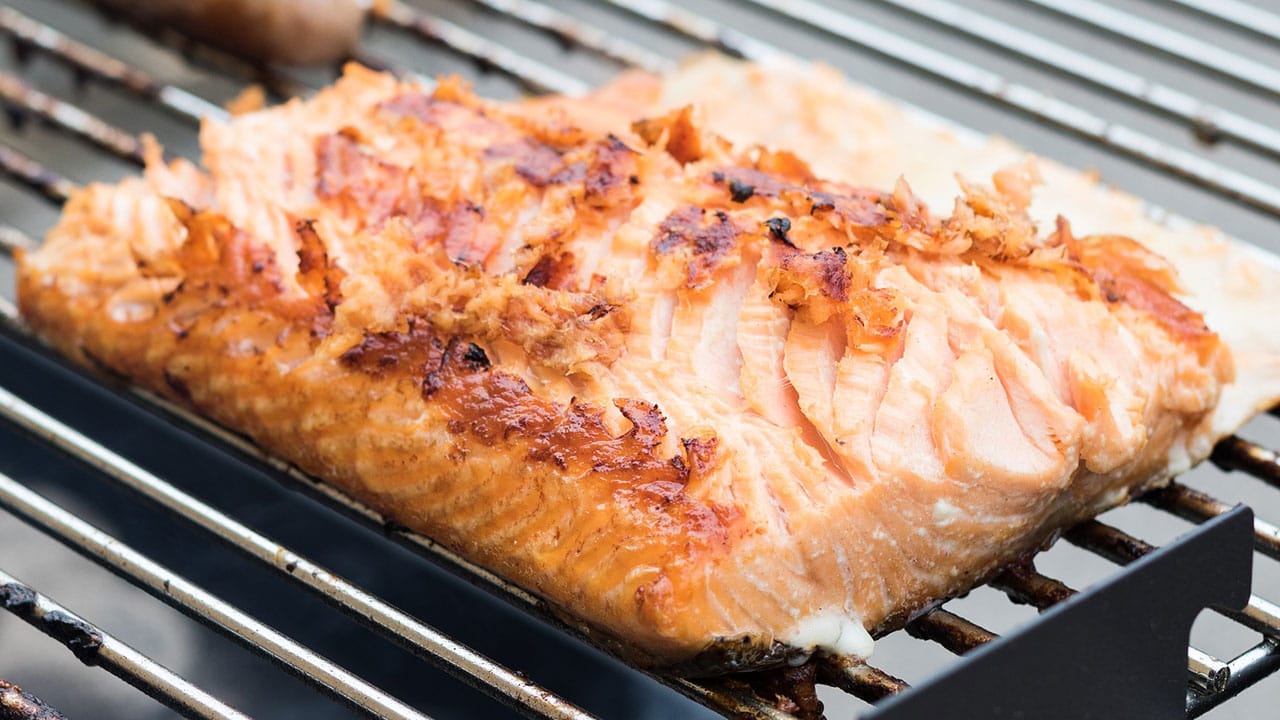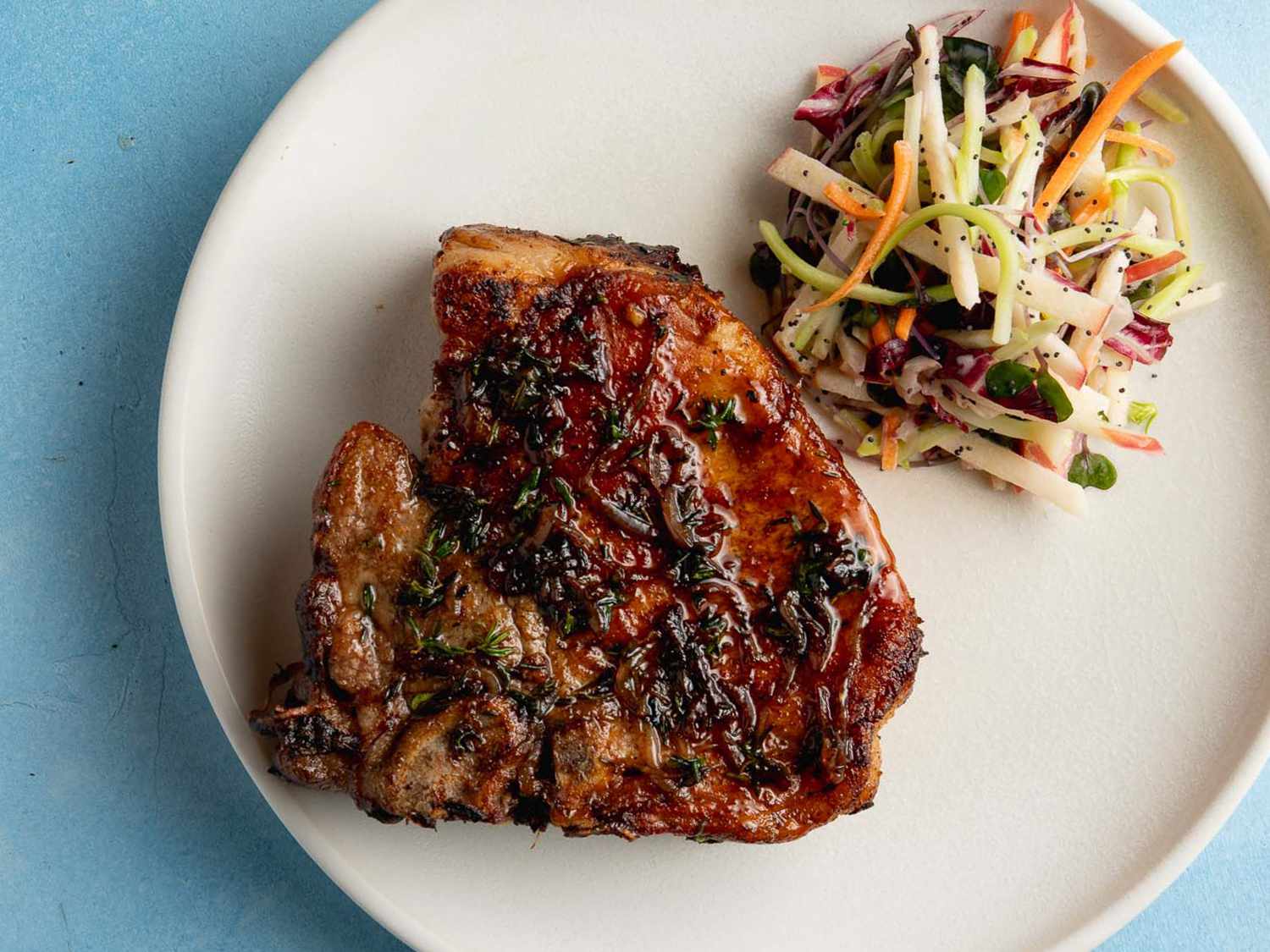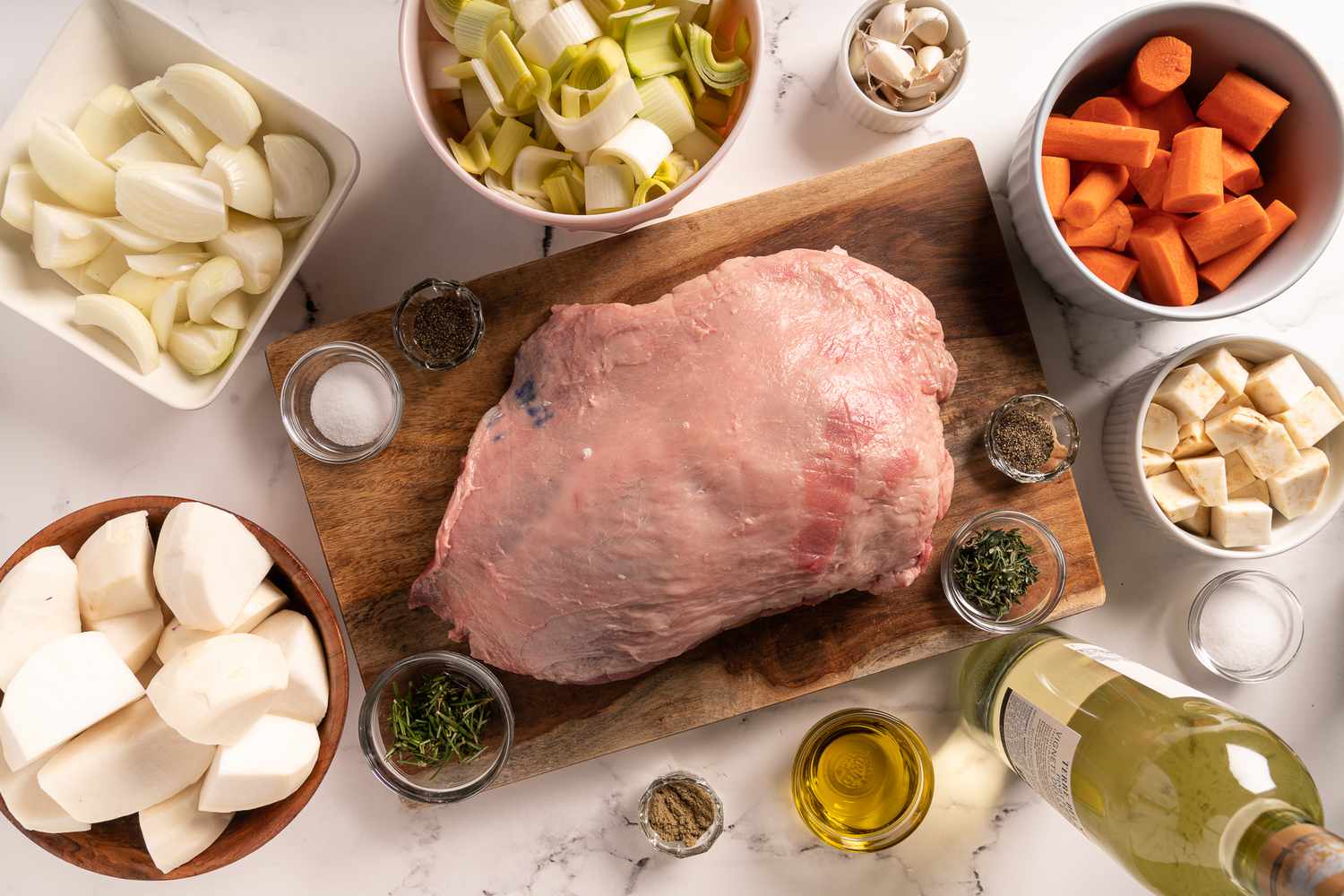Cooking Beef Tenderloin Like a Pro on the Stove
Beef tenderloin is one of the most luxurious and flavorful cuts of meat. It’s often reserved for special occasions, but that doesn’t mean you can’t enjoy it at home. In this article, we’ll show you how to cook beef tenderloin on the stove like a pro.
Choose the Perfect Tenderloin
When cooking beef tenderloin, quality matters. Look for a tenderloin that is marbled with fat and bright red in color. It should have a smooth texture and be free from any foul odors. Aim for a tenderloin that is around 2 to 3 inches thick for optimal results.
Seasoning the Tenderloin
Before cooking, season your beef tenderloin generously with salt and pepper. You can also add other herbs and spices like garlic powder, rosemary, or thyme to enhance the flavors. Let the tenderloin sit at room temperature for about 30 minutes to allow the seasoning to penetrate the meat.
Preheat the Stove
Heat a heavy-bottomed skillet or cast-iron pan over medium-high heat. Add a small amount of oil or butter and let it melt until it’s hot but not smoking. A hot skillet will help create a beautiful sear on the beef tenderloin.
Searing the Tenderloin
Place the seasoned beef tenderloin in the hot skillet and let it sear for about 2-3 minutes on each side. Use tongs to carefully flip the tenderloin, ensuring an even sear on all sides. The searing process will create a delicious crust on the outside of the meat, locking in the juices and flavor.
Finishing in the Oven
After searing, transfer the skillet with the beef tenderloin to a preheated oven. This will allow for even cooking and ensure that the meat is cooked to your desired level of doneness. Cook the tenderloin in the oven at 425°F (220°C) for about 10-15 minutes, depending on the thickness and your preferred level of doneness.
Resting and Serving
Once cooked, remove the beef tenderloin from the oven and let it rest for at least 10 minutes before slicing. This resting period allows the juices to redistribute within the meat, resulting in a juicy and tender finished product. Slice the tenderloin into thick medallions and serve with your favorite sides like creamy mashed potatoes and roasted vegetables.
Pro Tips:
- Use a meat thermometer to ensure the perfect level of doneness. For medium-rare, the internal temperature should register around 135°F (57°C).
- For an extra flavor boost, consider rubbing the beef tenderloin with a mixture of Dijon mustard and minced garlic before seasoning.
- Letting the tenderloin rest is crucial. If you slice it immediately after cooking, all the juices will escape, resulting in a dry piece of meat.
- Feel free to get creative with your seasonings. Experiment with different spices, herbs, or even a marinade to add your own personal touch to the dish.
With these simple steps, you can easily cook beef tenderloin on the stove and impress your guests or enjoy a special meal at home. So, put on your chef’s hat, grab that tenderloin, and let the aromas and flavors take center stage!
Was this page helpful?
Read Next: How To Cook Raw Shelled Peanuts
